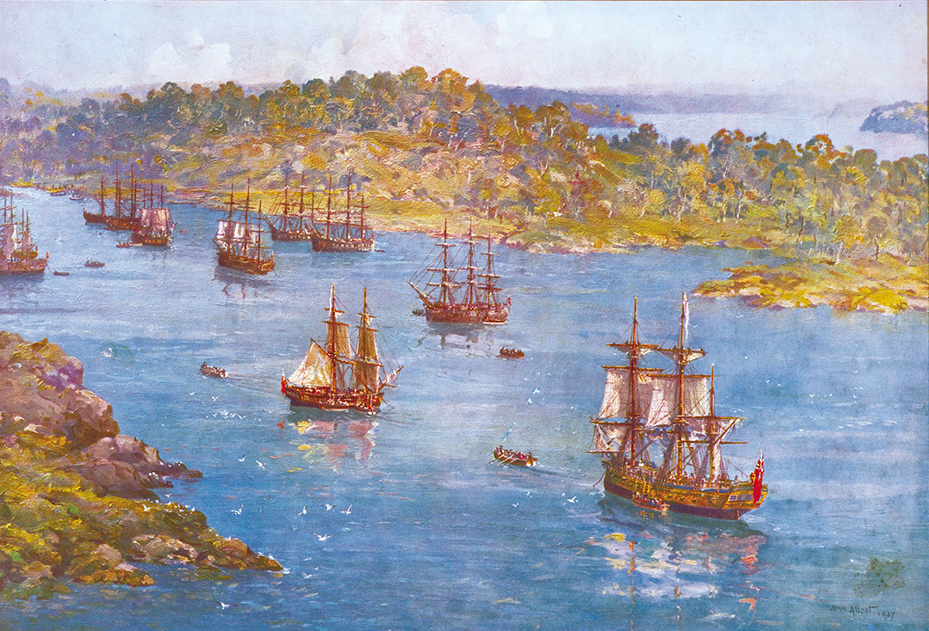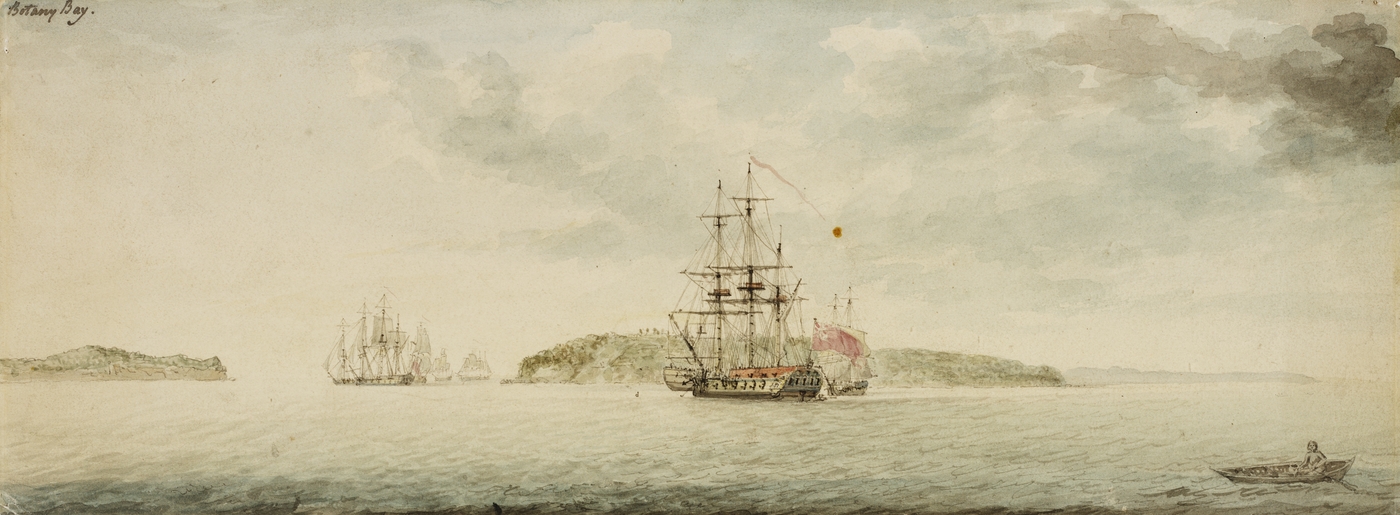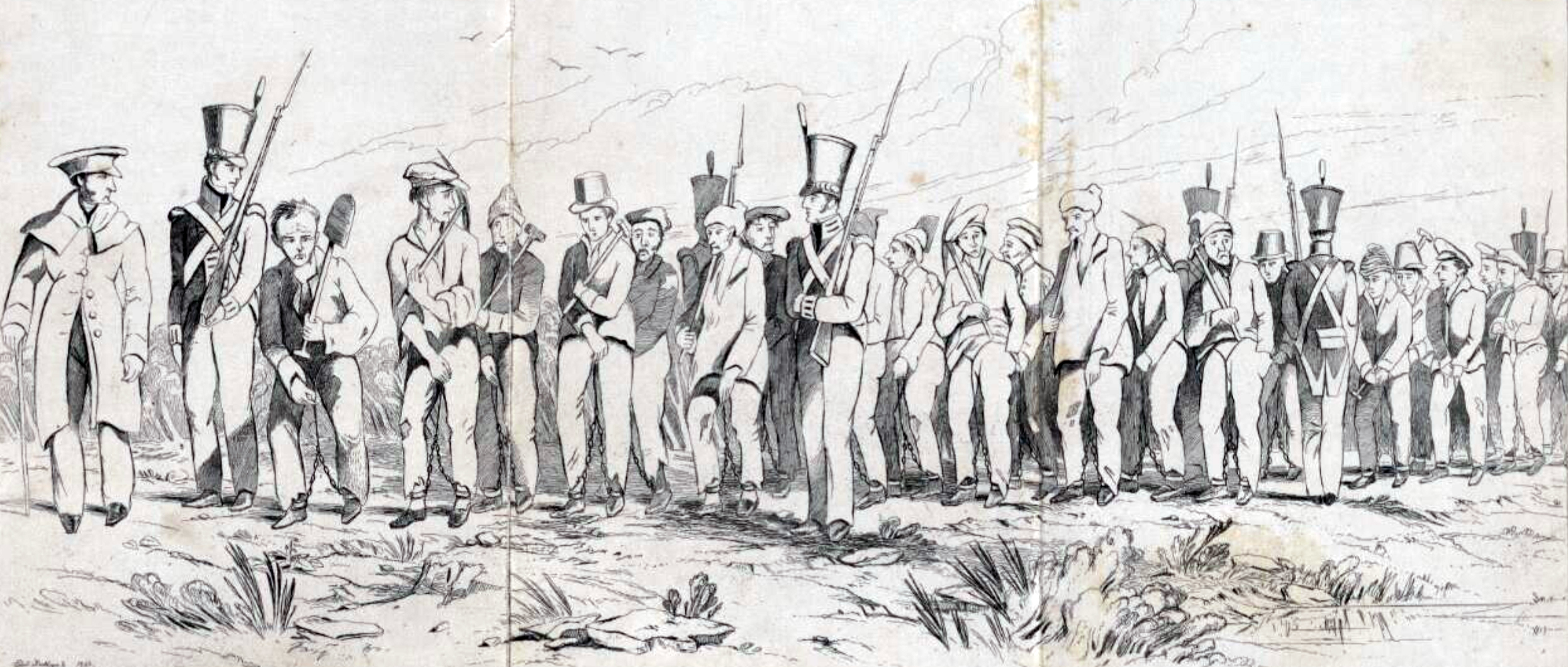Transportation of convicts was the system of deporting convicted criminals from Britain (later the United Kingdom) to the British colonies from 1615 until 1868. Britain began transporting convicts to its colonies in North America in 1615. Private shippers paid most of the costs of transporting the convicts. They then sold the convicts as indentured servants (people who worked in exchange for the price of their voyage and food, clothing, and shelter).
The British also sent convicts to the British West Indies, especially Barbados and Jamaica. Transportees included people suspected of plotting against the government; Irish and Scottish soldiers defeated in battle; and common criminals, mostly convicted of theft.
After the start of the Revolutionary War in America (1775-1783), the Americans no longer accepted British convicts. The British government then set up a penal (prison) colony in Australia. The first convicts arrived in Australia in January 1788. The convicts worked for the government and, eventually, as laborers or servants for free colonists.


Opposition to transportation became widespread in the 1830’s. Reformers questioned its worth as a way to stop crime, and free immigrants in Australia objected to living in a prison colony. The British government ended transportation to Australia in 1868. By then, the British had transported more than 200,000 convicts. At least 162,000 of them were sent to Australia. 
See also Australia, History of ; Convicts in Australia .
